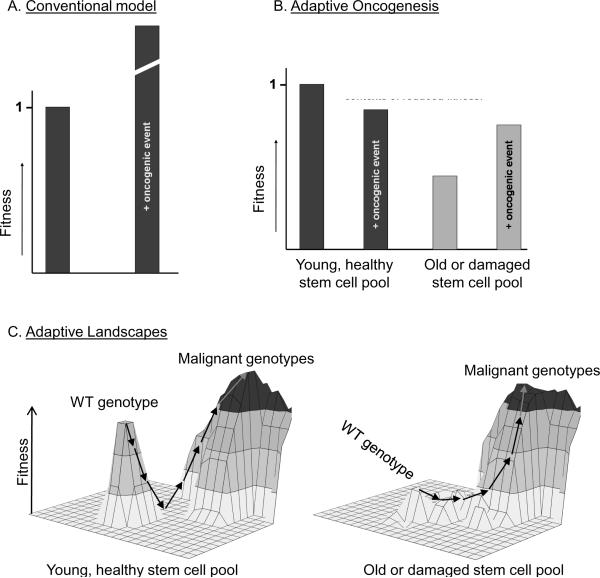Figure 2. Contrasting the Conventional Model for cancer initiation with Adaptive Oncogenesis.
A. For the Conventional Model, oncogenic events are generally advantageous, and thus cancer initiation is limited by the incidence of these events. B. For the Adaptive Oncogenesis Model, phenotype-altering epigenetic or genetic changes will rarely be advantageous within a population of healthy, well-adapted stem and progenitor cells. But following aging or damage-induced reductions in stem/progenitor pool fitness, oncogenic events that improve fitness should provide selective advantages. C. Proposed adaptive landscapes of stem cell populations within a healthy young individual or within an aged or carcinogen-exposed individual. The X and Y axes represent the potential genetic and epigenetic diversity. The Z axis represents fitness. Small arrows indicate mutational or epigenetic changes that could lead to cancer, which come with a high cost for cellular fitness for a young healthy stem cell population, but much less of a cost within a damaged stem cell pool.

